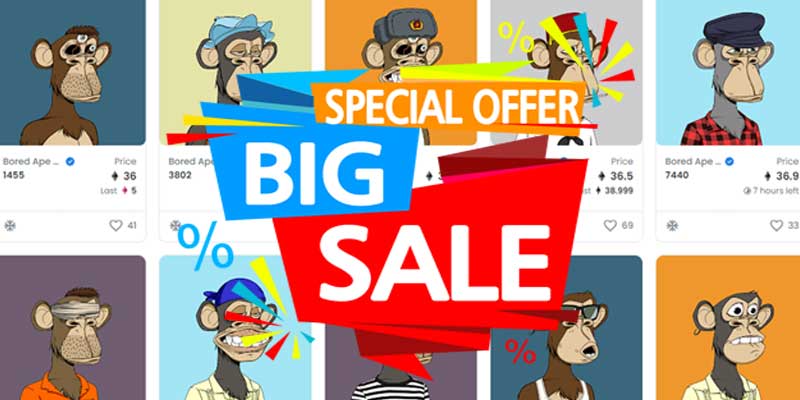
Here’s a thought to keep you awake at night…
What if NFT buyers coming into this space in 2022 have no interest in the NFTs we value so highly right now, in 2021?
When Coinbase and other platforms open the doors to millions of new potential fans, maybe those newcomers will barely give Bored Apes or Chromie Squiggles a second glance.
Fidenzas and Ringers? Old people art. Maybe.
Perhaps they’ll have their own favorites. Their idea of NFT culture might be totally different from ours.
If that comes to pass, how much will your Bored Apes, Cool Cats or Toadz be worth?
I posed this question on Twitter last week.
Here’s what I wrote, along with a reply from @JaimeMusings…
Mostly the latter, with some of the former
— Jaime’s Musings (@JaimeMusings) October 24, 2021
I suspect Jaime may be right. New fans of NFT will have their own favorites.
The flippers and traders will follow the new blood.
New buyers will likely be focused on a whole new generation of NFTs. And who knows, maybe they’ll be buying more music and video NFTs than art or Pfps.
The flippers and traders will follow along too, always staying close to the newbies and their paper hands. Sticking to where the fast profits can be made.
And the projects from this year that have shallow roots and fickle communities will simply fade away.
If today’s top NFT projects are no longer in the spotlight, a new approach to price discovery will kick in.
What happens to the price of CryptoPunks, Bored Apes and Chromie Squiggles when the spotlight shifts to the next big thing?
My guess is that prices will settle somewhat. At least for a while, as liquidity goes in search of new, faster money.
One can argue that a project as deeply rooted in NFT history as CryptoPunks will be immune to this kind threat. Maybe. But maybe not.
I also think we’ll go about pricing our older projects in a different way.
Right now, we use the language of Wall Street. We speculate and invest, treating NFT projects as if they were stocks. Sometimes collecting NFTs feels almost like day trading.
That investment mindset will likely prevail when it comes to the launch and growth of new projects.
But by next year, when we’re looking at the “older” projects from 2021, I think we’ll find different ways to price our collections.
The day-trading money will have moved on, and we’ll have to step back and assess the true, intrinsic value of our NFTs.
My focus is on generative art. I have less of an instinct for Pfp projects. Here’s how I see it for NFT art…
NFT art collectors will, I think, begin to look at blue chip NFTs the same way art collectors in the real world look at contemporary art.
Who is this artist? How significant is her work? Does a piece from this series represent some of her best work? What does it contribute to the evolution of NFT art?
In other words, I think collectors will start thinking less about short-term trades and more about intrinsic, enduring value.
That’s my collection thesis already.
And I know I’m far from being alone in thinking this way.
However, there are even more people who are still trading blue chip projects just for the profits.
I fear next year may not be kind to them.